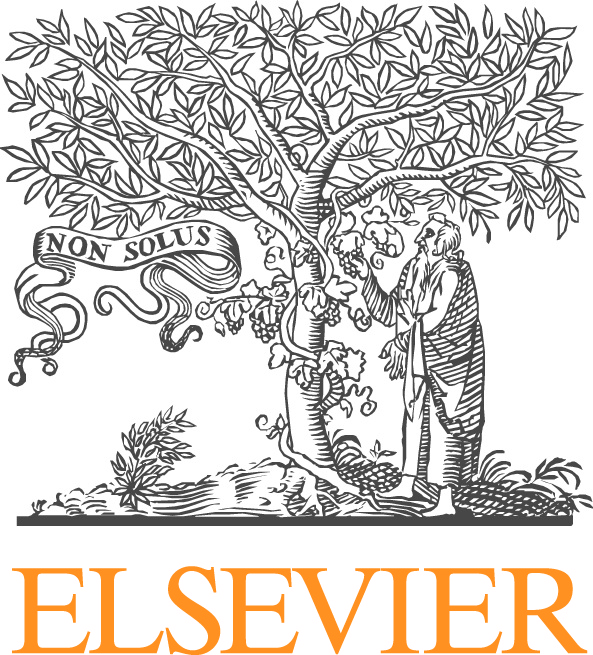
Advances and Applications of the Generalized/Extended Finite Element Method
Armando Duarte, Angelo Simone, Haim Waisman
The Generalized/Extended Finite Element Method has received increased attention and undergone substantial development during the last decade. This method offers unprecedented flexibility in the construction of shape functions and corresponding approximation spaces. With the proper selection of enrichment functions, this method is able to address many shortcoming and limitations of the classical FEM while retaining its attractive features.
This mini-symposium aims at bringing together engineers, mathematicians, computer scientists, and national laboratory and industrial researchers to discuss and exchange ideas on new developments, mathematical analysis, and application of the Generalized/Extended Finite Element Method. While contributions to all aspects of this method are invited, some of the topics to be featured are:
-identification and characterization of problems where the Generalized/Extended Finite Element Method has a clear advantage over classical approaches;
-applications, including but not limited to, multi-scale, multi-physics and non-linear problems, dislocations, polycrystals, jointed rocks, masonry, composites, biological materials;
-time-dependent problems and stability analysis;
-mathematical theory, including but not limited to a-priori and a-posteriori error analyses;
-higher-order Generalized/Extended Finite Element Methods; and
-computational implementation aspects such as imposition of boundary conditions, numerical quadrature, solution of system of equations arising from this class of methods, adaptive mesh refinement/enrichment algorithms, explicit and implicit representation of moving interfaces










